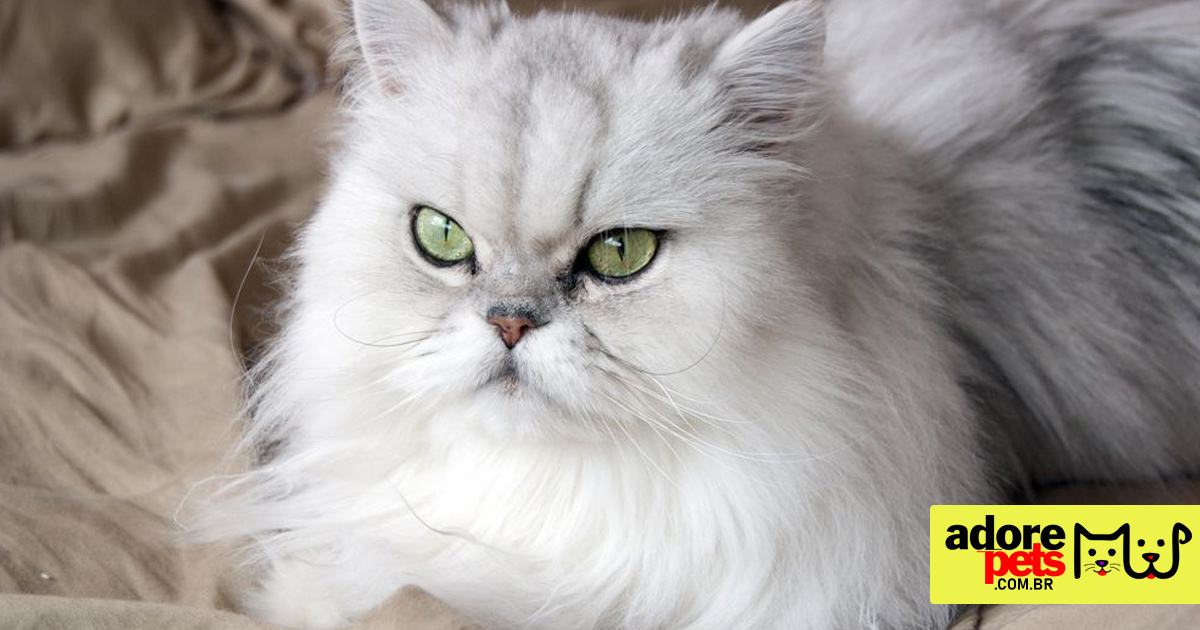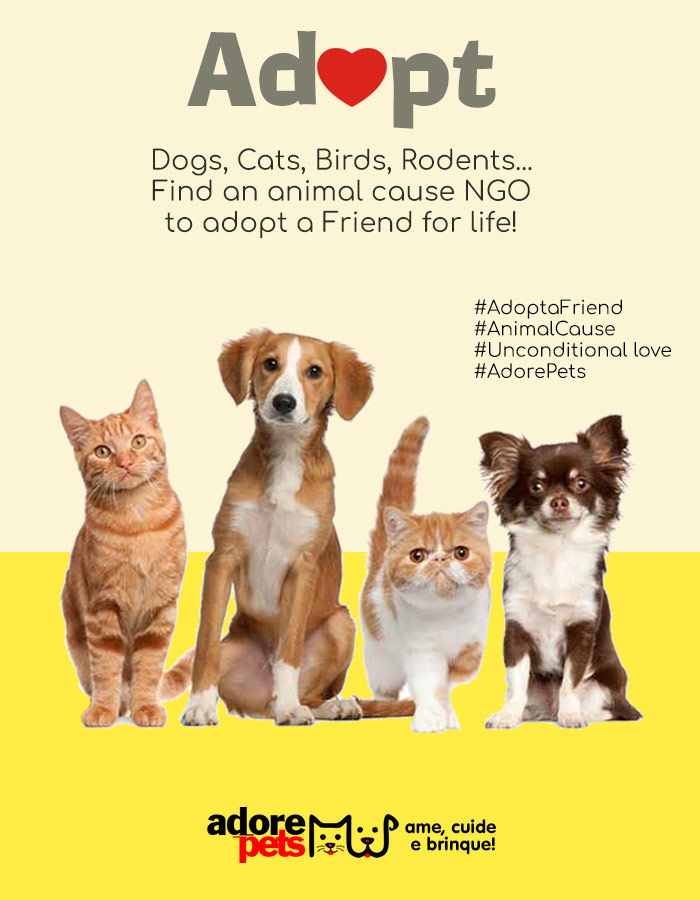A bit of Persian cat history
The history of the Persian cat goes back over 400 years. It is believed that they originated in the ancient Persian Empire, which is now known as Iran. The breed was so prized that Persian royalty held them in high esteem and bred them in their palaces. From the 19th century, Persian cats were brought to Europe and became one of the most popular cat breeds. Since then, they have been created and improved in various parts of the world.
Appearance
The Persian cat has a unique and distinctive appearance. They are known for having a long, dense coat that requires a lot of grooming. Their coat can be a variety of colors including white, black, gray, cream and brown. They have a large, round head, large, round eyes, and a flat nose. Its body is short and stout, with short legs and large feet. In general, Persian cats have a graceful and elegant appearance.
Persian cat personality
Persian cats are known for their friendly and affectionate personality. They make wonderful pets and love to spend time with their owners. They are extremely sociable and friendly, and often enjoy being around people. Persian cats are known to be playful and enjoy having fun with toys and games. They are also very intelligent and can quickly learn tricks and behaviors.

care
Persian cats require special care because of their long, dense coat. They need to be brushed daily to prevent matting and matting in the coat. Persian cats also need regular baths to keep their coat clean and healthy. Also, it's important to keep their nails trimmed and regularly clean their ears and eyes. Persian cats are prone to health problems such as breathing problems due to their flat noses. Therefore, it is important to take the cat to the vet regularly and keep its general health in check.
Food
Diet is another important aspect of Persian cat care. They need a healthy, balanced diet that provides all the necessary nutrients for their health. Persian cats are prone to obesity, so it's important to control the amount of food they consume and offer them a high-quality diet.
Exercise
Persian cats are indoor animals, but that doesn't mean they don't need exercise. It is important that they have adequate space to move and play. Toys are a great way to encourage exercise and physical activity in a Persian cat. They love interactive toys that keep them mentally stimulated and active.
Company
Persian cats are very social animals and love to spend time with their owners. They like to be pampered and given attention. If you're not home during the day, it's important to provide them with company in some other form, such as a toy or a scratching post, to keep them entertained.
Environment
The environment in which the Persian cat lives is also important. They need a safe and comfortable space to feel at home. Make sure they have a comfortable bed to sleep in, a place to hide, and toys to keep them busy.
Conclusion
The Persian cat is a wonderful and friendly cat breed that requires special care. They need regular attention and care to ensure their health and happiness. Providing them with a healthy diet, adequate exercise, companionship and a safe environment are essential to ensuring they are happy, healthy pets. If you are considering adopting a Persian cat, remember to be prepared to provide all necessary care and dedicate time and attention to them. With proper care, the Persian cat can be a wonderful, loving addition to your family.
















Add comment